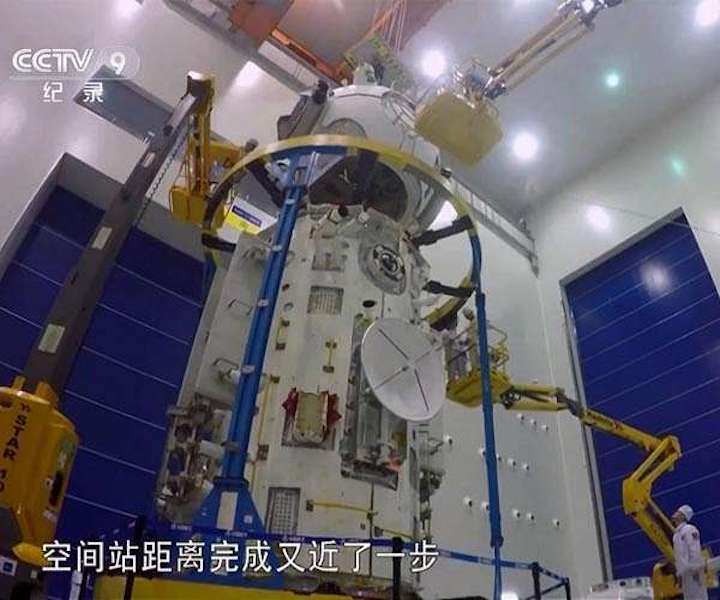5.03.2021
China says a cohort of astronauts is training for four crewed missions this year as the country works to complete its first permanent orbiting space station

BEIJING -- China said Thursday a cohort of astronauts is training for four crewed missions this year as the country works to complete its first permanent orbiting space station.
The station’s core module, christened Tianhe, could be launched as soon as next month, according to the China National Space Administration and foreign observers. The massive Long March-5B Y2 rocket and its payload were moved into place last month at the Wenchang Spacecraft Launch Site in tropical Hainan province for assembly and testing.
That launch would be the first of 11 missions over the next two years to finish constructing the station by the end of 2022. Two other modules will be launched later, along with four Tianzhou cargo supply mission and the four Shenzhou crewed missions.
CNSA listed 12 astronauts training for the crewed missions, including veterans of previous Shenzhou flights, newcomers and women, though it wasn't clear if there were others selected.
Up to three crew members will reportedly live at a time in the the core module, which has docking ports to allow the attachment of scientific modules launched later.
China has already launched two smaller experimental space stations to test measures for rendezvous, docking and life support aboard. Once completed, the permanent space station will allow for stays of up to six months, similar to the International Space Station.
The Chinese station reportedly is intended to be used for 15 years and may outlast ISS, which is nearing the end of its functional lifespan.
ISS is backed by the U.S, Russia, Japan, Europe, Canada and others, but China did not participate, partly at the insistence of the United States, which was wary of sharing technology with the secretive, military linked Chinese program.
China’s space program, though, has chalked up steady progress since it first put an astronaut into orbit around Earth in 2003.
A rover went to the little-explored far side of the moon in 2019.
Another craft, the Tianwen-1, is in a parking orbit around Mars in anticipation of landing a rover on the surface in the coming months. If it succeeds, China would become only the second country after the U.S. to put a spacecraft on Mars.
China is also working on a reusable space plane and planning a crewed lunar mission and a possible permanent research base on the moon, though no dates have been proposed.
Quelle: abcNews
